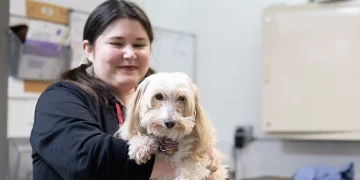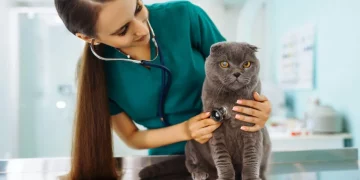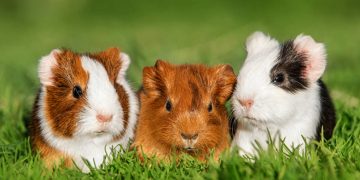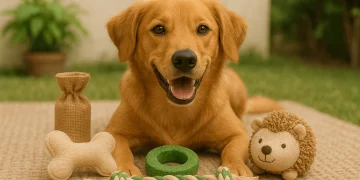As the tapestry of modern life becomes ever more interwoven with the threads of companionship that pets provide, the digital realm has burgeoned into a vital platform for disseminating pet care knowledge. Marketers, seizing the moment, have enlightened consumers to the paramount importance of scientific and meticulous pet care practices for the health and happiness of their animal companions. This revelation has nudged consumer behavior towards more scientific and anthropomorphic pet care approaches.
According to the “Q1 2024 Consumer Potential Whitepaper” released by Magic Mirror Insights (referred to as the “Whitepaper”), the pet healthcare product market has witnessed a robust growth in the first quarter of 2024, with sales reaching 800 million yuan, marking a 9.0% year-on-year increase. Notably, nutritional pastes for both cats and dogs have emerged as bestsellers, while other specialized categories like dog nutritional pastes and cat hairball remedies are also demonstrating vigorous growth trajectories.
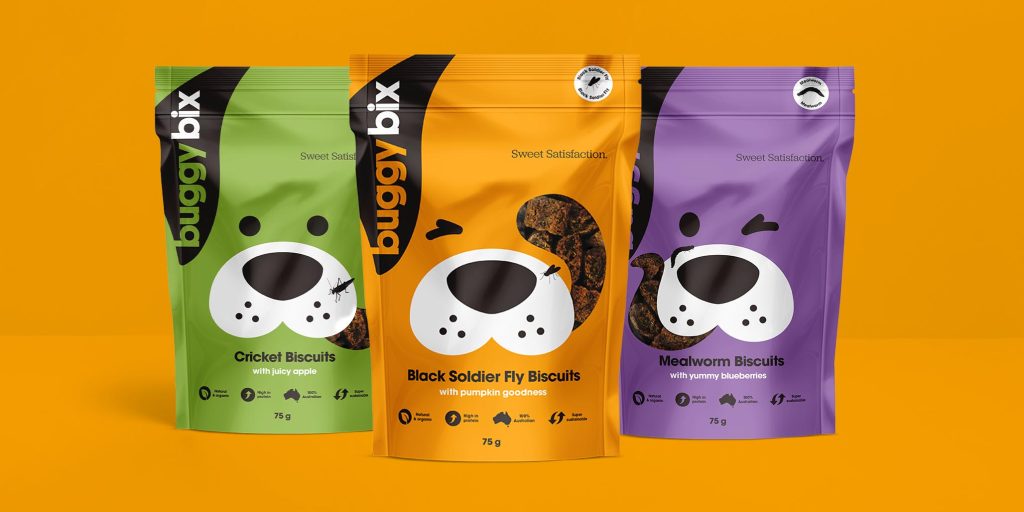
The “Whitepaper” further highlights that products featuring “bad breath and stool odor elimination” have seen a particularly significant surge in sales, with an impressive year-on-year increase of 160%. Joint care products and their chondroitin content have also garnered popularity due to their notable health benefits, with sales growing nearly 50% compared to the previous year. These popular products are predominantly promoted through anthropomorphic, scenarized, and lifestyle-oriented online video content, which resonates more with consumers than traditional product reviews. One consumer, who purchased joint care products for pets, shared that he was inspired to buy after watching a pet blogger’s video. The blogger documented their cat’s experience with chondroitin through text and video, capturing his attention and influencing his purchase decision.
A perusal of product reviews and comments on pet bloggers’ promotional posts on e-commerce platforms reveals that consumers are not only concerned with the effectiveness of pet nutrition products but also place a high value on their nutritional content and scent. Nonetheless, veterinarians caution pet owners to consider factors such as safety, nutritional value, brand reputation, cost-effectiveness, and the pet’s preferences and adaptability when selecting pet healthcare products, advising consultation with professionals when necessary.
It is evident that as pets transition into roles of family members and friends in the hearts of their owners, they are no longer viewed merely as animals. This shift has spurred the flourishing development of anthropomorphic consumer categories such as pet snacks, healthcare products, and grooming services. The “Whitepaper” indicates that anthropomorphism has become a significant trend in the pet industry, with scientific and meticulous pet care poised to be the mainstream of future development. Analysts at Magic Mirror Insights draw parallels between the pet market and the infant and child market, noting the unique dynamic where the purchaser and end-user are distinct entities. Consequently, products must cater to the needs of both the pet and the caregiver.













